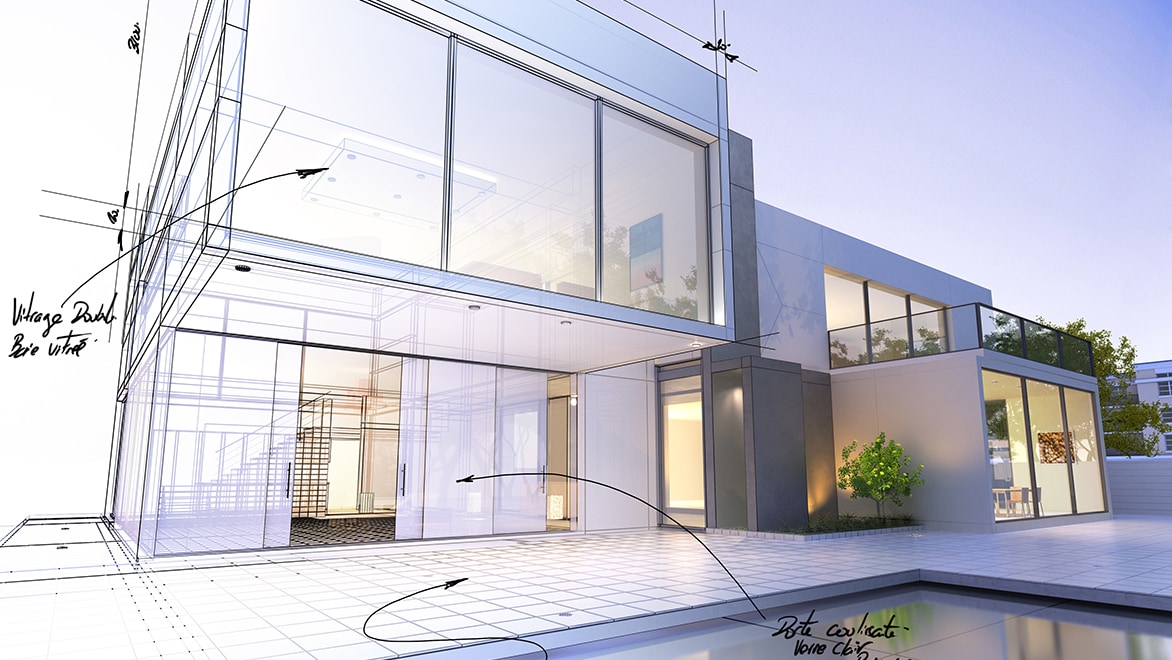Just How CDA Architects Combine Imagination and Capability in Modern Style
Wiki Article
The Influence of Technological Innovations on the Layout Practices of Contemporary Architects
The fast development of technological devices has dramatically improved the layout landscape for contemporary designers, promoting unprecedented degrees of innovation and sustainability. Checking out these dynamics discloses a nuanced interaction between modern technology and traditional layout methods, motivating a more detailed exam of what the future holds for building techniques.Advancement of Architectural Devices
Exactly how have building devices transformed the design and building and construction procedures over the centuries? The development of building devices has considerably influenced the effectiveness, accuracy, and creative thinking of style and building and construction.With the advent of the Renaissance, the introduction of the compass and the protractor noted an essential shift. These devices enabled architects to accomplish greater precision in their styles, promoting the appearance of even more complex and proportional structures. The Industrial Transformation even more changed architectural practice with the intro of mechanical devices and products, enabling for larger and more ambitious tasks.
In the 20th century, the growth of computer-aided style (CAD) software application transformed the landscape when again, offering architects with unprecedented capacities in modeling and visualization. Today, advanced devices such as Structure Information Modeling (BIM) and parametric design software remain to push the limits of building advancement, enabling a more integrated method to style and building procedures.
Boosted Collaboration in Design
As technology remains to evolve, enhanced collaboration in design has become a cornerstone of modern building technique. The assimilation of electronic tools such as Structure Information Modeling (BIM), cloud-based systems, and progressed visualization software application has transformed the way engineers, designers, and stakeholders communicate throughout the style process. These devices assist in real-time communication, allowing groups to share concepts, modifications, and feedback immediately, no matter geographical area.
Furthermore, interdisciplinary partnership has actually been structured via these technological improvements, making it possible for engineers to function extra closely with other experts, such as metropolitan coordinators and ecological professionals. The outcome is an extra natural strategy to make that takes into consideration various perspectives and knowledge. Eventually, improved collaboration in design is not simply a trend; it is crucial for developing ingenious, functional, and aesthetically pleasing architecture in a progressively complex world.
Sustainability Through Modern Technology
Sustainability in style has increasingly come to be intertwined with technical advancement, driving the market towards eco accountable methods - cda architects. Contemporary designers are leveraging innovative modern technologies to minimize environmental effect while useful site enhancing the efficiency of buildings. One noticeable example is making use of Building Info Modeling (BIM), which permits precise preparation and resource allotment, lowering waste throughout building and advertising power performance throughout a building's lifecycleMoreover, wise products and energy-efficient systems are being integrated right into designs to maximize resource usage. Technologies such as solar cells and eco-friendly roof systems harness renewable resource resources, adding to lowered carbon footprints. Furthermore, the application of artificial intelligence in style procedures makes it possible for engineers to simulate and evaluate power consumption, directing decisions toward more sustainable results.
The assimilation of lasting modern technologies not just aligns with global environmental goals but also meets an enhancing demand from click site consumers for green remedies. As engineers welcome these technologies, the emphasis changes in the direction of creating spaces that are not just cosmetically pleasing yet additionally functionally lasting, consequently redefining the requirements of contemporary architecture. In this means, modern technology offers as a stimulant for sustainability, allowing designers to make structures that regard and improve the native environment.
Obstacles in Application
While technological advancements in style hold wonderful assurance for boosting sustainability, their application frequently encounters substantial difficulties - cda architects. One primary barrier is the steep understanding contour connected with brand-new innovations. Architects and building professionals might require substantial training to successfully utilize sophisticated software and devices, which can delay job timelines and increase expensesIn addition, the combination of arising innovations, such as Structure Information Modeling (BIM) and lasting products, typically demands collaboration throughout multidisciplinary groups. This collaboration can be prevented by differences in experience, workflows, and interaction designs, leading to prospective disputes and inefficiencies.
Financial restrictions additionally make complex the adoption of ingenious innovations. Several architectural firms, especially smaller sized ones, might do not have the resources to invest in innovative devices, restricting their capacity to complete with larger firms that can pay for such investments.
Additionally, governing structures and building regulations might not equal technical advancements, creating uncertainty and possible compliance issues. This challenge can prevent architects from totally accepting new innovations, as the danger of non-compliance may exceed the benefits. Addressing these execution obstacles is vital for the effective combination of technological advancements in modern architectural practices.
Future Fads in Style
The difficulties connected with the implementation of brand-new modern technologies in design have motivated a reevaluation of future patterns within the industry. As engineers navigate concerns such as sustainability, urbanization, and social equity, they are increasingly taking on ingenious technologies to enhance design effectiveness and ecological efficiency.One prominent fad is the combination of expert system (AI) in the style procedure. AI tools can analyze huge datasets to inform layout decisions, boosting both imagination and capability. Structure Details Modeling (BIM) continues to find out progress, enabling real-time partnership amongst stakeholders and helping with structured task management.
Sustainable style techniques are also getting energy, with designers concentrating on flexible reuse and regenerative design principles that lessen source intake and waste. The incorporation of smart products and eco-friendly energy sources will even more improve the strength of structures in the face of climate change.

Conclusion
Technical advancements have substantially improved building layout practices, facilitating enhanced accuracy, partnership, and sustainability. The assimilation of devices such as Structure Details Modeling and parametric layout software program, alongside artificial intelligence and smart materials, equips designers to attend to complicated difficulties a lot more successfully.Report this wiki page